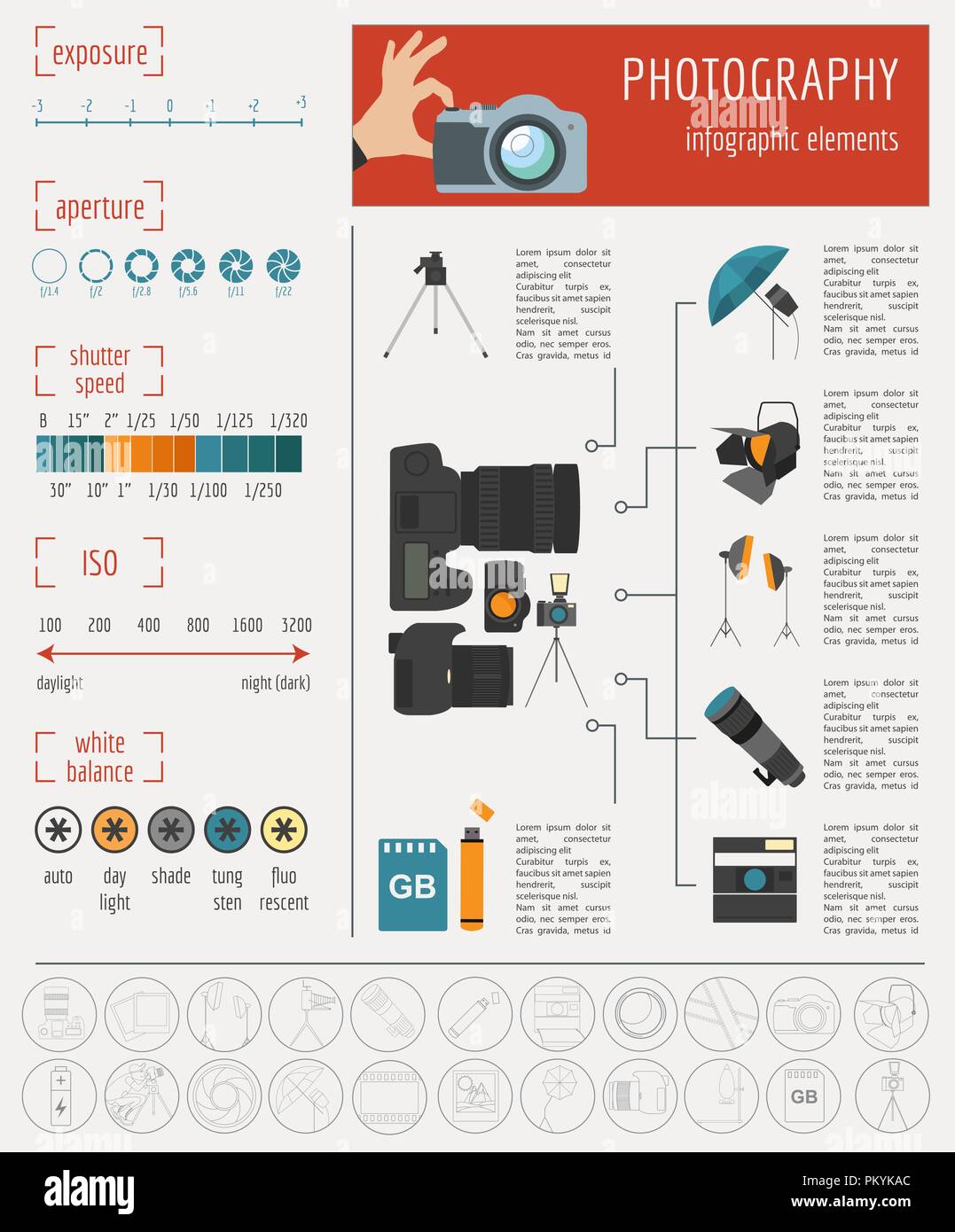Join Us To Uncover Important Photography Pointers That Will Unlock Your Cam'S Possibility-- Prepare To Capture Magnificent Images In No Time At All!
Join Us To Uncover Important Photography Pointers That Will Unlock Your Cam'S Possibility-- Prepare To Capture Magnificent Images In No Time At All!
Blog Article
Material Written By-Tobin Dalton
When you first pick up your video camera, it can feel overwhelming with all the settings and choices available. You might find yourself questioning how to browse aperture, shutter rate, and ISO efficiently. Grasping these fundamentals is vital, however there's even more to digital photography than just technical knowledge. Understanding composition methods and lights problems can raise your pictures substantially. So, suppose you could find out easy techniques to improve your skills and start catching remarkable images earlier than you believe? Let's check out exactly how to change your photography trip.
Understanding Cam Setups
Comprehending your video camera settings is crucial for recording magnificent photos. When you grab your camera, familiarize on your own with the three main settings: aperture, shutter speed, and ISO. Each plays a vital duty in how your photos turn out.
Beginning with aperture, which regulates the quantity of light entering the lens. A bigger aperture (lower f-number) lets in extra light and develops a beautiful history blur, ideal for pictures. On the other hand, a narrower aperture (greater f-number) keeps more of the scene in focus, perfect for landscapes.
Next off, focus on shutter rate. This setup figures out how long your electronic camera's sensing unit is exposed to light. A quick shutter speed ices up motion, which is excellent for activity shots, while a slow shutter rate can produce sensational effects like smooth water in landscapes.
Finally, change your ISO. This setup affects your video camera's level of sensitivity to light. A higher ISO is useful in low-light circumstances but can introduce noise or grain. Aim for the lowest ISO feasible while still accomplishing appropriate direct exposure.
Composition Methods
When you're out capturing, composition can make all the difference in how your images resonate with visitors. Beginning by using the regulation of thirds; imagine your frame divided right into 9 equal sections with 2 horizontal and two upright lines. Placement crucial elements along these lines or at their junctions to create balance and interest.
Next, think about leading lines. These natural lines in your scene, like roads or rivers, draw the audience's eye into the photograph, guiding them via the tale you're telling.
Do not ignore mounting; usage elements within your scene, like trees or home windows, to develop a structure around your subject, adding deepness and emphasis.
Additionally, watch on your history. A messy history can sidetrack from your primary topic, while a simple one assists it stick out.
Lastly, trying out balance and patterns; they can create a striking image that captures interest.
Mastering Lights Conditions
Grasping illumination conditions is critical for capturing sensational pictures, as the appropriate light can transform a normal scene into something remarkable.
Beginning by observing all-natural light at various times of the day. Early mornings and late afternoons supply the very best light, called the golden hour. The soft, warm tones throughout these times can enhance your images wonderfully.
Do not avoid https://telegra.ph/Just-How-To-Choose-The-Right-Cam-For-Your-Photography-Requirements-01-08 ; diffused light can reduce harsh shadows and create a pleasing impact, especially for pictures.
Trying out https://www.wired.com/story/how-to-take-photos-at-protests/ by placing your topic versus the source of light. This strategy can produce a wonderful halo impact and include deepness to your pictures.
Take notice of your electronic camera setups also. Change the ISO, aperture, and shutter rate to suit the lights problems. A higher ISO can aid in reduced light, yet beware of grain.
Utilize a tripod in darker settings to avoid blur.
Finally, don't neglect man-made illumination. Flash and constant lights can be fantastic devices for managing light in challenging problems.
Final thought
Finally, mastering your electronic camera doesn't have to be overwhelming. By understanding your settings, using make-up methods, and using the power of natural light, you'll promptly boost your photography skills. Keep in mind, exercise makes best, so get out there and try out your newly found understanding. With time and devotion, you'll be recording spectacular images that show your one-of-a-kind viewpoint. Enjoy the journey, and do not fail to remember to enjoy while you're at it!
